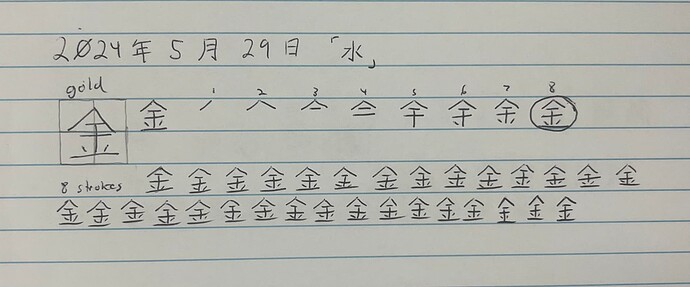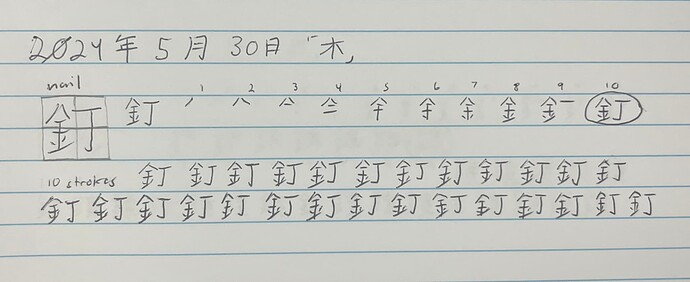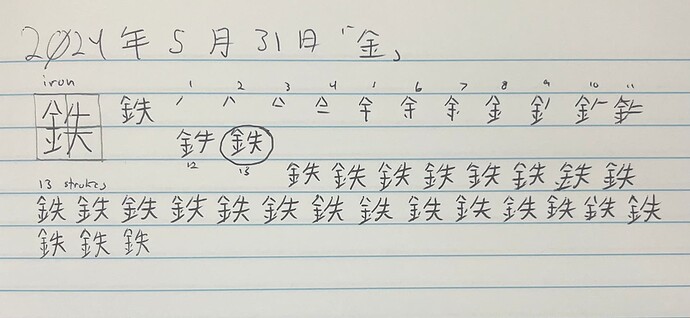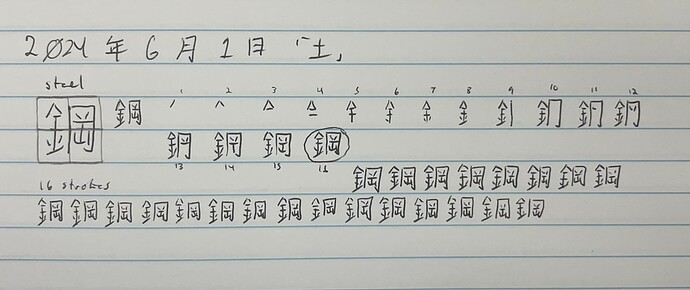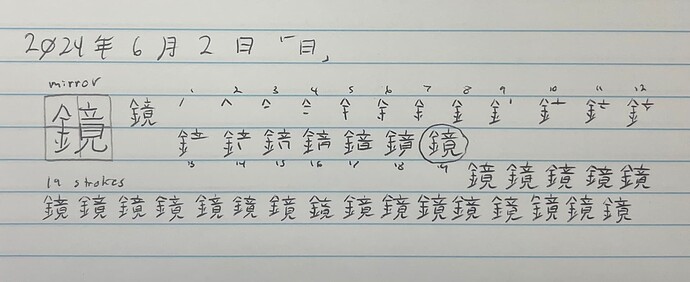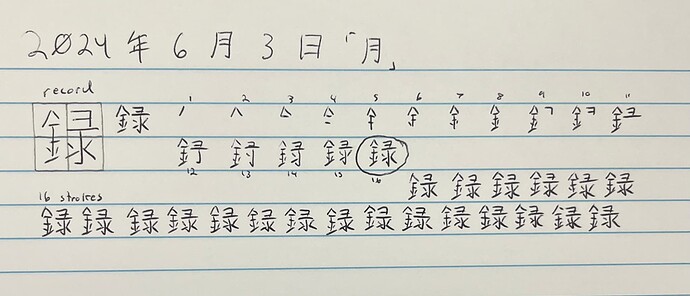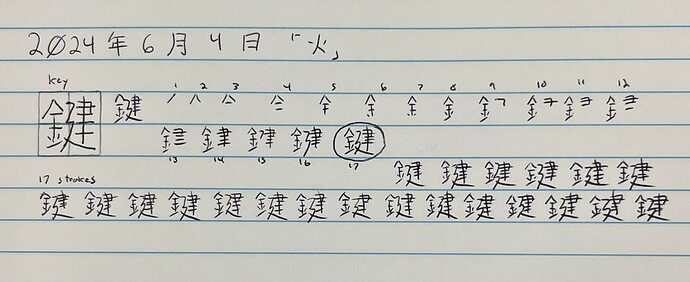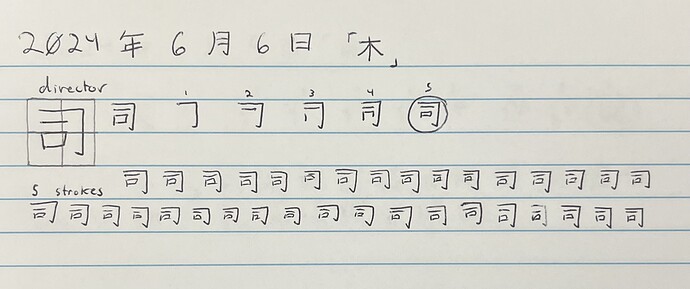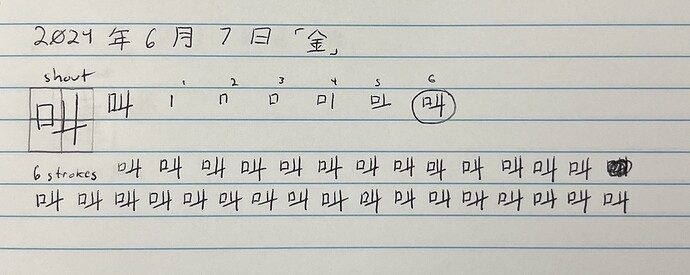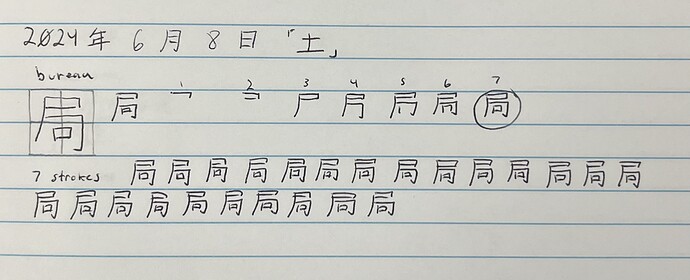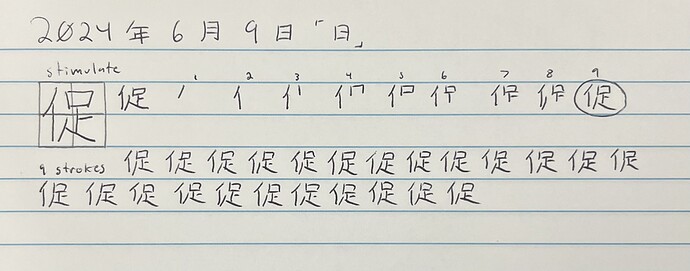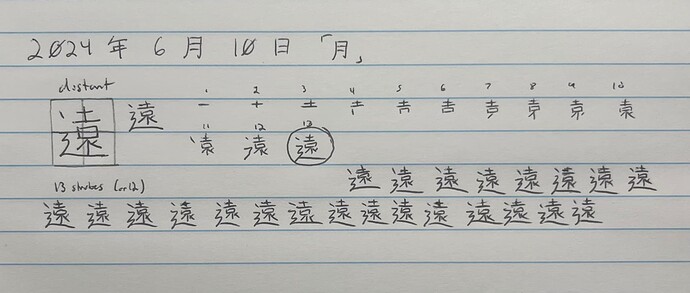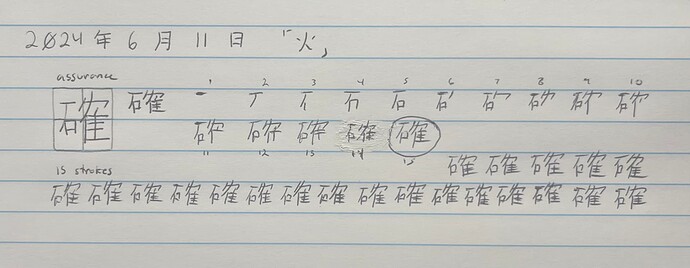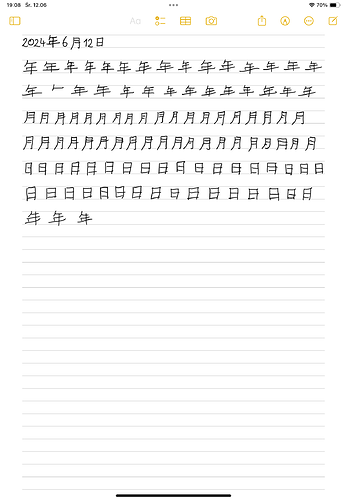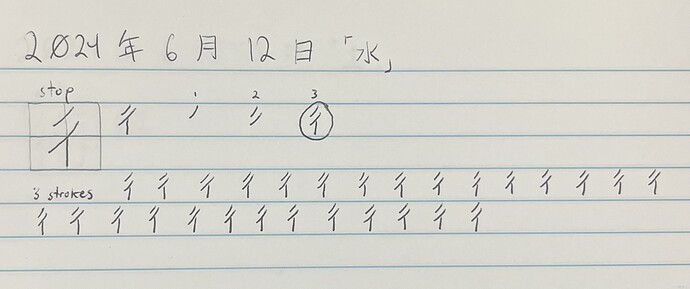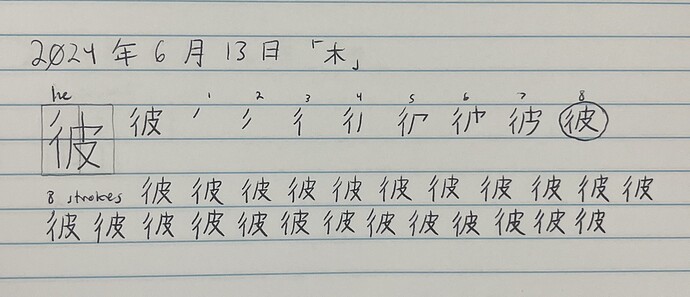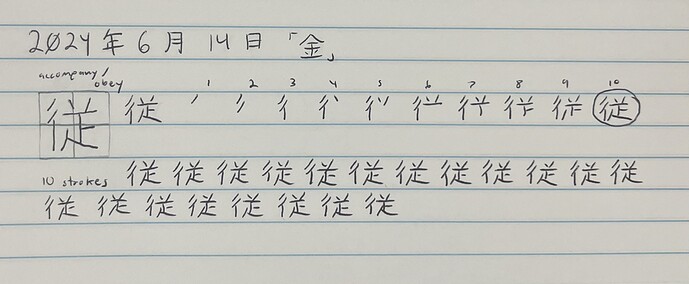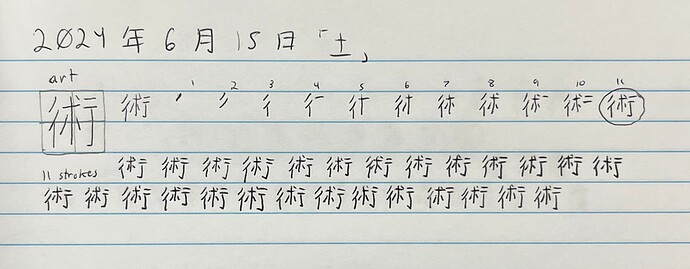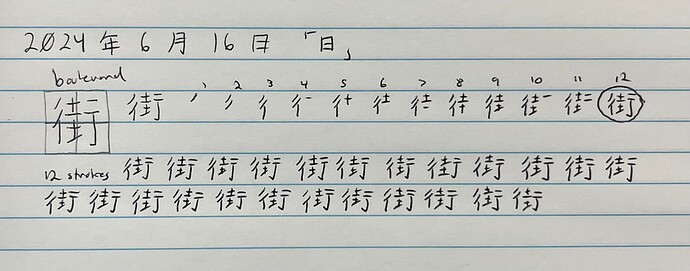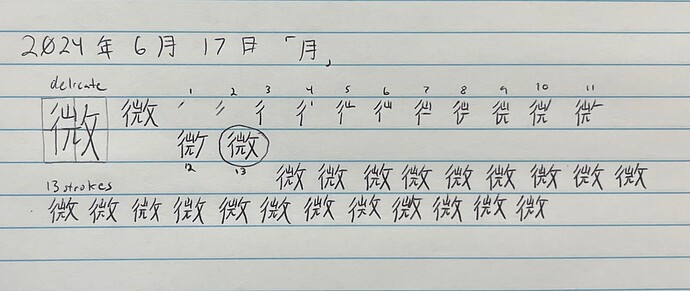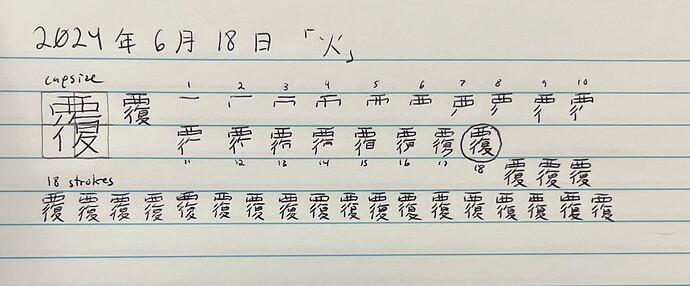Decided to switch up the format a bit. Let’s see how this works out!
Over the last 7 days, I studied the Kanji/Radical 「金」
訓読み:かね、かな-、-がね
音読み:キン、コン、ゴン
The radical itself is used often for various metals/metal-related things. By itself, it most simply means either “Gold” or “Money”.
While it may seem counterproductive to learn a whole bunch of similar-looking Kanji around the same time, I’m hoping by focusing on the radicals I’ll be able to better identify them and at a glance by recognizing their individual parts and the parts that differentiate them. It’s only my first week trying this so I’ll have to see how it works!

